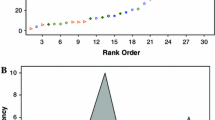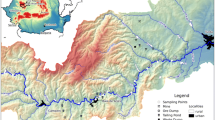Abstract
This study analyzes a long-term phenological time series for the impact assessment of climate changes on Estonian nature and for the methodological study of the possible limitations of using phenological time series for climate trend analyses. These limiting factors can influence the results of studies more than the real impact of climate changes, which may have a much smaller numeric value. The 132-year series of the arrival of the skylark (Alauda arvensis) and the white wagtail (Motacilla alba), the 78-year series of the blossoming of the wood anemone (Anemone nemorosa), the bird cherry (Padus racemosa), apple trees (Malus domestica) and lilacs (Syringa vulgaris), and the 44-year series of the spawning of pike (Esox lucius) and bream (Abramis brama) were studied at three selected observation points in Estonia. The study of the phenological time series shows that Estonian springs have, on the basis of the database, advanced 8 days on average over the last 80-year period; the last 40-year period has warmed even faster.
Similar content being viewed by others
Author information
Authors and Affiliations
Additional information
Received: 26 May 1998 / Accepted: 28 October 1998
Rights and permissions
About this article
Cite this article
Ahas, R. Long-term phyto-, ornitho- and ichthyophenological time-series analyses in Estonia. Int J Biometeorol 42, 119–123 (1999). https://doi.org/10.1007/s004840050094
Issue Date:
DOI: https://doi.org/10.1007/s004840050094




